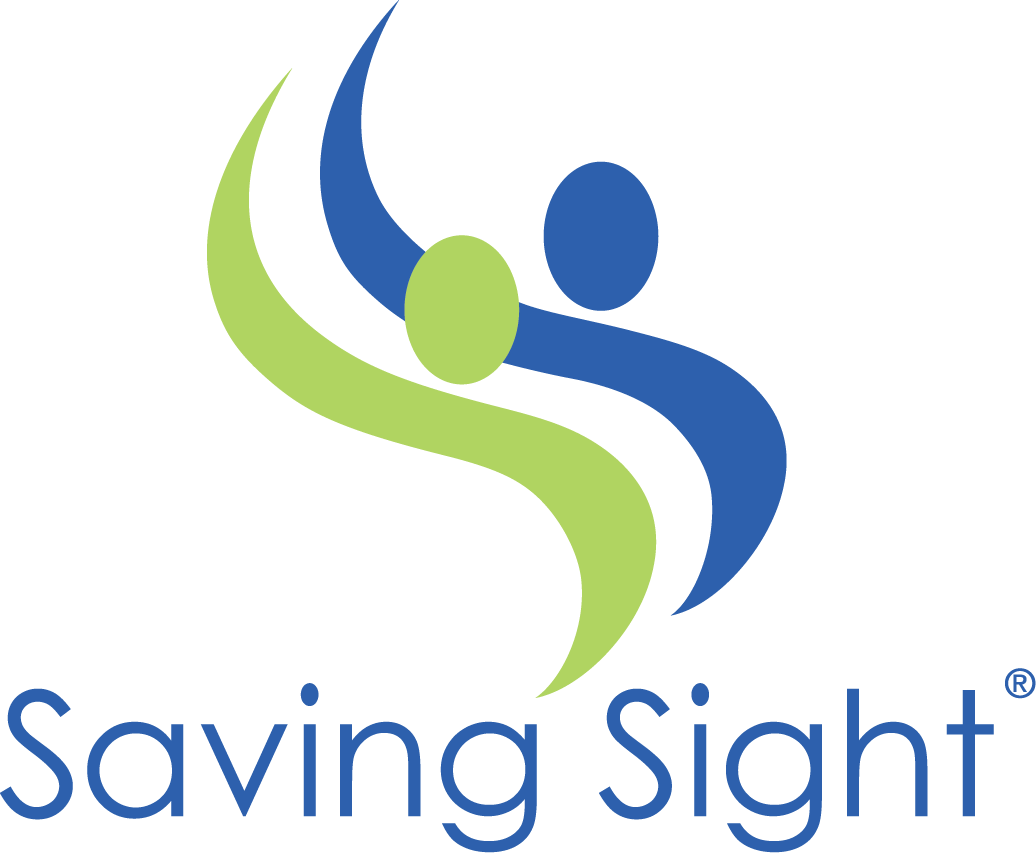Kansas City, Mo. (May 11, 2017) – The millions projected to be diagnosed with myopia, or nearsightedness, in the coming years may soon have an option other than corrective eyewear or refractive surgery to restore their vision. According to new research presented this week at the Annual Meeting of the Association for Research in Vision and Ophthalmology (ARVO), scientists are one step closer to developing a molecular treatment that could slow development of the condition.

Myopia is the most common refractive error. The condition results when the eye is too long for the focusing power of the cornea and lens of the eye. High myopia can increase the risk of cataracts, glaucoma, retinal detachment and myopic macular degeneration.
“By 2050, high myopia will become the leading cause of blindness in many countries, affecting 1 billion people worldwide,” said Dr. Summers. “By finding a treatment to slow the development of myopia, we could prevent these blinding eye conditions, particularly in children who are most at risk.”
Saving Sight Director of Business Development Lynn Forest-Smith was a co-author on the project. As an eye bank that facilitates eye donation for transplant and research, Forest-Smith said Saving Sight was excited to support this important project with donated eye tissue.
“There may be no better way to honor the gift of our eye donors than through support of research like this which could help save the sight of nearly 5 billion people over the next few decades,” said Forest-Smith.
About Saving Sight
Saving Sight is a 501(c)(3) nonprofit organization with a mission to change lives by saving sight. Founded in 1960, Saving Sight has grown to become one of the nation’s leading eye banks and is focused on providing innovative solutions to its clinical partners. Headquartered in Kansas City, Mo., Saving Sight facilitates eye donation in Missouri, Kansas, and Illinois, impacting the lives of those both near and far through transplantation and eye research.
###

